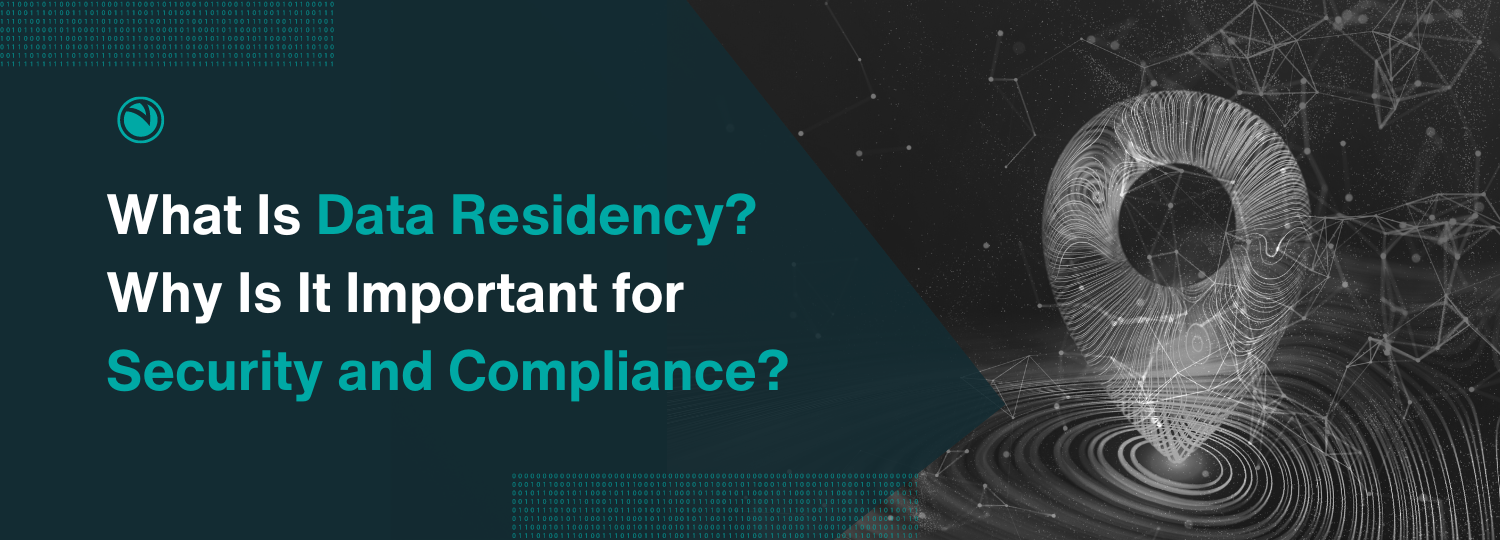Data residency is a hot topic, especially for cloud data. The reason is multi-faceted, but the focus has been driven by the General Data Protection Regulation (GDPR), which governs information privacy in the European Union and the European Economic Area.
The GDPR defines the requirement that users’ personal data and privacy be adequately protected by organizations that gather, process and store that data. After the GDPR rolled out, other countries such as Australia, Brazil, Canada, Japan, South Africa and the UAE enacted data protection legislation of their own.
What this means is that data privacy is a continuing concern, and the pressure being placed upon entities through legislation is increasing. For organizations generating, collecting and storing data, the need for a solution to address the problem, especially in the cloud, is urgent.
If compliance with data privacy and protection isn’t assured, the risks and penalties could become overwhelming. For instance, in May 2023, Facebook parent Meta was ordered to pay a record $1.3 billion (€1.2 billion) to the European Union for failing to adhere to the GDPR.
This is obviously a huge fine. Even if the amount of the fine is reduced before it’s finalized, the precedent has been set and serves as a wake-up call for every enterprise to ensure data protection and privacy.
What is data residency?
Three terms fit under the data residency umbrella: data residency, data localization and data sovereignty. A brief explanation for each follows:
Data residency – Data residency is the physical or geographical location of an organization’s data. Under data privacy laws like the GDPR, organizations may be required to store certain data within the country or region where it is collected.
Data localization – Data localization refers to a mandate that data remain within a specific location and jurisdiction.
Data sovereignty – Data sovereignty is about rights and control over data based on the jurisdiction of the data storage and processing.
Check out the webinar
Why is ensuring data residency in the cloud complicated?
What makes cloud data residency so complex is how cloud resources are deployed and used. There are three main types of cloud provisioning: advanced, dynamic and user-allocated.
All of those methods pose some risk to data, but the most significant threat comes from dynamic provisioning, where cloud resources, including data, are allocated upon demand.
Another factor is the very nature of cloud-native workloads. Ephemeral microservices that come and go within the cloud can lead to data access and movement that is hard to detect and track. This can make ensuring data residency, localization and sovereignty more difficult and complex.
Cloud-native applications are constructed using multiple, small and interdependent services called microservices. They can consist of:
Application programming interfaces (APIs) and endpoints
Service mesh
Containers
Container orchestrator/manager.
These cloud-native components either pass or move data among each other and may have vulnerabilities that could lead to undetected data loss or theft. This can make ensuring data residency, localization and sovereignty more difficult, resulting in noncompliance.
The path to data residency protection and compliance: What can you do?
There are two critical capabilities for ensuring data residency, localization and sovereignty. The first is technology that detects the location of data in the cloud, copies of that data and movement of that data. The second is technology that centralizes, analyzes and reports on the compliance posture of cloud environments.
A data security posture management (DSPM) platform provides these capabilities by improving visibility into user activity and behavioral risk and helping organizations comply with regulations.
A DSPM is a cloud data protection platform that both locates data and data copies stored in the cloud and also tracks data flows from and to cloud resources that may pose risks. DSPM finds and classifies sensitive data in and across cloud workloads so that enterprises can take action to remediate actual and potential data residency, localization and sovereignty issues.
A DSPM helps users understand where GDPR-regulated data is across complex cloud landscapes
It uncovers and classifies shadow data to better secure the environment and meet GDPR requirements
Users can learn how data is actually flowing so that they can take action to reduce GDPR-related vulnerabilities and avoid costly fines.
IBM Security Guardium Insights
IBM Security Guardium Insights is a data security, data compliance and DSPM solution. It provides enterprises with a view into the regions and locations where cloud-based sensitive and regulated data lives. It also helps them understand how data is flowing in and among cloud locations and Software-as-a-Service (SaaS) applications so that it doesn’t end up in the wrong locations or hands.
This allows organizations to be compliant with GDPR data residency, which requires them to ensure that personal data is stored and processed properly within specific geographic locations.
IBM Security Guardium Insights is a combination SaaS and on-premise hybrid cloud compliance platform that provides visibility into user activity and behavioral risk, which helps meet compliance regulations.
Together, IBM Guardium Insights and DSPM provide advanced data protection and compliance enablement to protect data in public, private, multi- and hybrid cloud environments and analyze and compile that data posture into customizable compliance reports.
Learn more about IBM Security Guardium Insights and how it can help you comply with your data residency, localization and sovereignty requirements today. To learn more about data residency, check out our webinar Navigating Data Residency.
The post Data residency: What is it and why it is important? appeared first on Security Intelligence.
